The vision: a brighter future for Canada and North America through an evolving mid-rise construction industry
Canada is the country of wood and we are all invested in the successful future of this sustainable industry. The construction of mid-rise buildings (between 6 and 10 floors) is the most important sector of the residential construction industry in Canada, and this growing sector throughout North American cities is all too often specifying concrete, which has a very heavy carbon footprint.
Wood structures, as a consequence - including glulam and CLT (cross laminated timber) products for mid-rise multifamily residential buildings - don't yet occupy their fair share of the market across Canada and North America. For economic and environmental reasons, it's in our common interest to put wood at the forefront of our communities and cities.
How do we encourage the transition to wood as the best way to build mid-rise buildings in Canada and North America? By bringing together experienced professionals who have proven the success of their local projects and those in the industry, the developers and builders, who have not yet adopted this proven strategy for better buildings, built quicker and with better profitability.
This is how Ecohome and Ecohabitation are actively committed to improving the future, using our skills and 20+ years of experience in high-performance residential construction to help create a greener Canada and North America.
Download the free mid rise report here
The in-depth study comparing the relative merits of concrete and wood structures for mid-rise construction we are publishing was prepared with the collaboration of:
- Groupe de Neuve Ltd - experts and developers of the Arbora project, one of the most important wood-frame project built in North America. Located in Quebec, Arbora was the largest complex built from mass timber in the world at the time of its construction from 2016 to 18. The 597 560 square-foot project comprises 133 condominiums, 30 townhouses and 272 rental units for a total of 435 residential units. With its three 8-storey buildings, this development is a model of mid-rise residential construction with its LEED Platinum certification, and its design feature of committing 40% of the developed area to green spaces in a dense urban environment.
- Cecobois - center of expertise on commercial wood construction, glulam and CLT. Cecobois' goal is to help architects, engineers, promoters and contractors in the realization of their commercial, institutional, industrial and multi-residential wood construction projects.

The strategy: helping builders succeed by adopting modern cost-effective practices for mid-rise residential construction
Are the true benefits of wood-frame glulam construction and the use of CLT products for mid rise multi-unit residential buildings (MURBs) sufficiently known and appreciated? Clearly not. That's why over the next few months of winter as next year's projects are being prepared, the Ecohome Network and Ecohabitation will be actively helping to inform and accompany the industry in Canada and North America to to explore the additional cost-effectiveness and better performance that wood offers over concrete.
With a sufficiently-informed and supported construction sector, these changes in practices and habits will help facilitate the transition to a more carbon-neutral construction market while encouraging the increased use of Canadian lumber and its by-products in mid-rise construction. This is a significant step forward that we can all support.
Designers and promoters in the MURB sector get your free download of the report
Mid-rise and MURB builders in Canada, it's time to sign up to be among the first to receive our comprehensive study on the profitability and performance of wood-frame construction versus concrete, and get a bonus seat for our complimentary webinar reserved for developers and construction professionals.
This question-and-answer webinar with renowned industry experts is scheduled for February 2023; simply download the study below and we'll stay in touch to help with all stages of feasibility, which includes the webinar with no obligation, and coaching a la carte.
Download the free mid rise report here
Our multidisciplinary team of seasoned-professionals offers services designed to optimize and support large-scale mid-rise projects, from design to delivery: affordable social housing, commercial, institutional and educational buildings.

Ecohabitation, the reference in sustainable construction in Quebec - the mission
Ecohabitation is a non-profit organization based in Quebec, Canada, that facilitates the emergence of healthy, resource and energy-efficient, sustainable, affordable housing accessible to all. It achieves its mission through promotion, awareness, training and coaching activities with the general public, housing sector stakeholders and political decision makers.
The Ecohome Network covers English speaking Canada, North America, and english-speaking countries with the same ideals and is helping Ecohabitation with the diffusion of this initiative and in-depth comparative study between concrete and timber frame mid-rise buildings.
What is the difference between CLT and glulam wood products?
CLT is an abbreviation of cross laminated timber and glulam is a contraction of glue-laminated timber.
CLT and glulam are made of the same material - timber lamellas (sometimes called lamstock) that are glued together. These products are also sometimes called mass timber products or engineered lumber or timber.
CLT and glulam differ in the ways that they are used to construct buildings. CLT is used for surfaces such as walls, floors, and floor separation. Glulam is primarily used for the loadbearing frame elements in a mid-rise building such as rafters, beams, or columns.
Download the free mid rise report here
Author: Robert J. Pierson - Ecohome Network
See all posts by Robert J. Pierson
Solid wood, CLT and lightweight wood frames are surely the future of low-carbon construction and bio-economic development in Canada - especially for mid-rise buildings:
Find more about green home construction in the Ecohome Green Building Guide pages - also, learn more about the benefits of a free Ecohome Network Membership here. |




































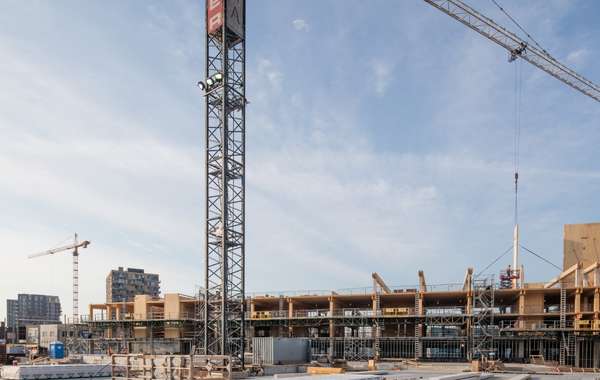

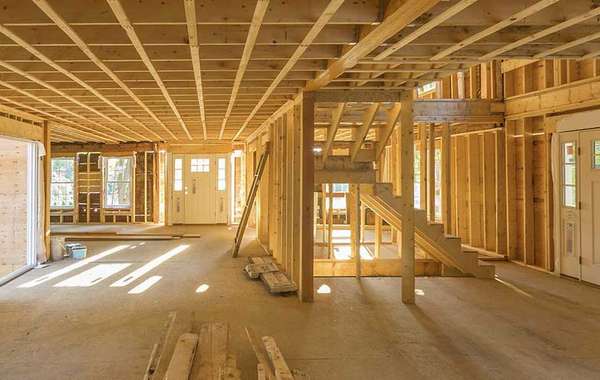

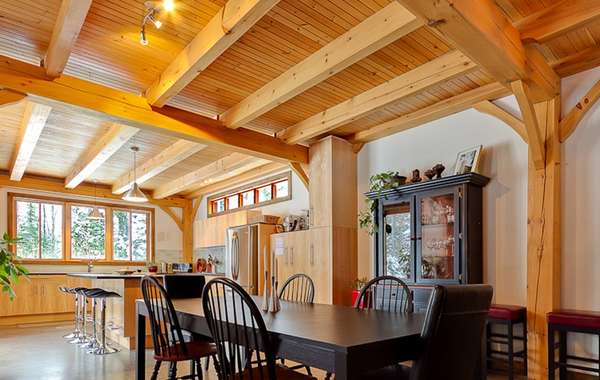

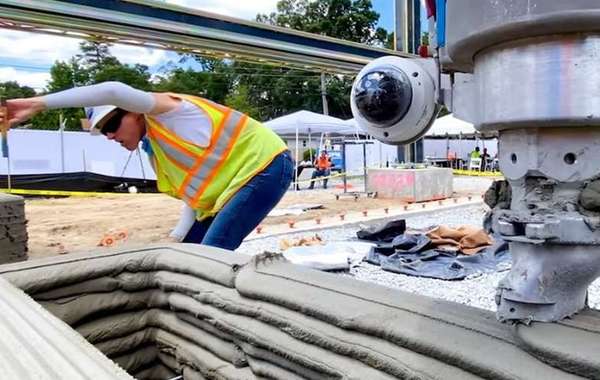
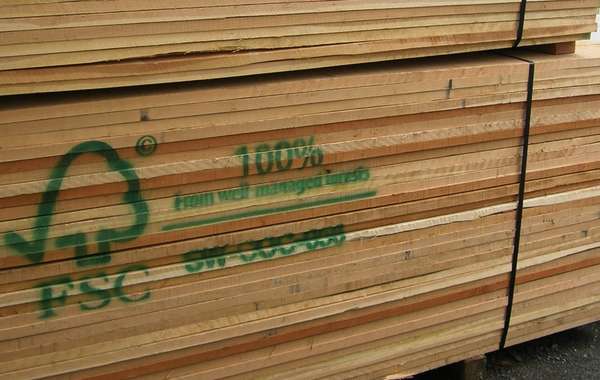
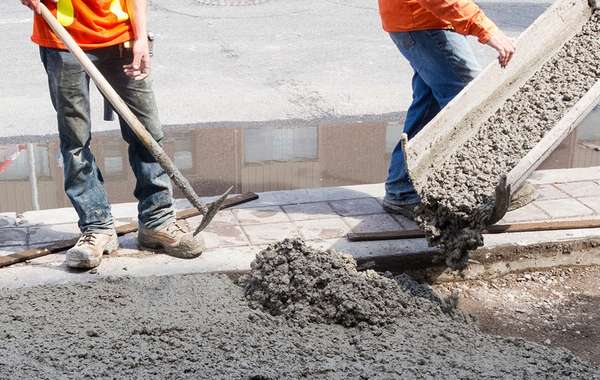
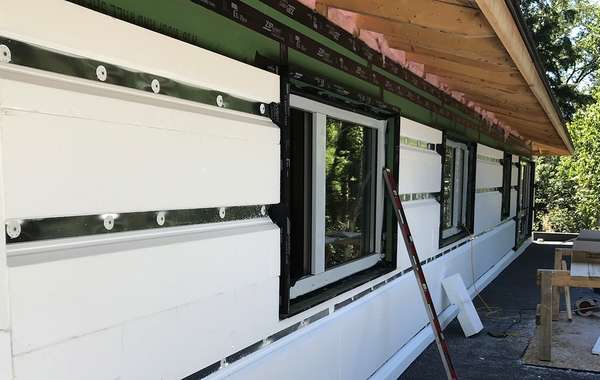
Comments (0)
Sign Up to Comment